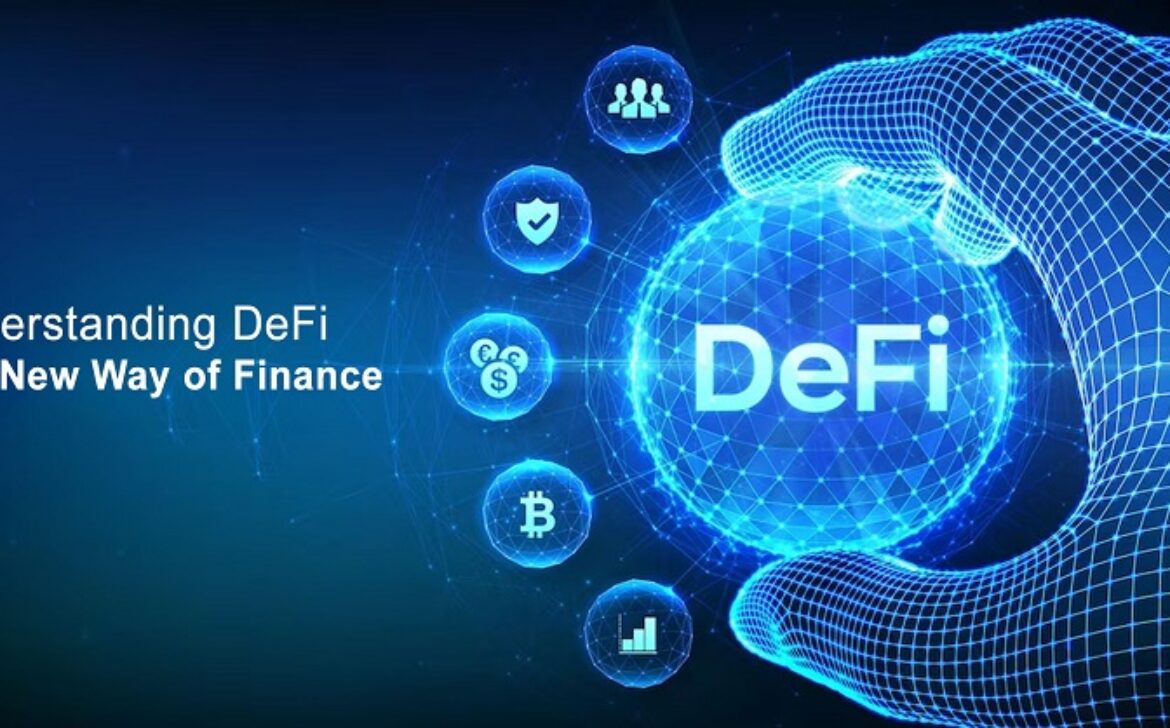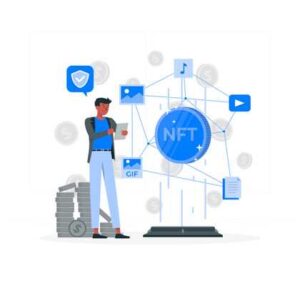Decentralized Finance (DeFi): Transforming the Financial Landscape
Decentralized Finance (DeFi): Transforming the Financial Landscape
Introduction
Decentralized Finance (DeFi) is one of the most transformative trends in the financial sector today. Leveraging blockchain technology, DeFi aims to create a more open, transparent, and inclusive financial system, moving away from traditional financial intermediaries like banks and financial institutions. In this blog post, we will delve into what DeFi is, how it works, its advantages and challenges, and its potential impact on the future of finance.
What is DeFi?
Decentralized Finance (DeFi) refers to a broad range of financial applications and services built on blockchain technology, primarily using Ethereum but increasingly expanding to other blockchains. Unlike traditional finance, which relies on centralized intermediaries such as banks, brokers, and payment processors, DeFi leverages smart contracts—self-executing contracts with the terms of the agreement directly written into code—to automate and decentralize financial transactions.
How Does DeFi Work?
At its core, DeFi operates through decentralized applications (dApps) and smart contracts on blockchain platforms. Here’s a closer look at how DeFi functions:
- Blockchain Technology: DeFi applications are built on public blockchains like Ethereum. These blockchains offer a transparent and immutable ledger, ensuring that all transactions and data are securely recorded and cannot be altered.
- Smart Contracts: Smart contracts are the backbone of DeFi. They are programmed to execute automatically when predefined conditions are met, eliminating the need for intermediaries. For example, a smart contract could automatically release funds from a lender to a borrower once the terms of a loan are met.
- Decentralized Exchanges (DEXs): Unlike traditional exchanges that are centralized, DEXs facilitate the trading of cryptocurrencies and tokens directly between users, using smart contracts to handle trades. This allows for greater privacy and reduces the risk of hacking that comes with centralized exchanges.
- Stablecoins: These are cryptocurrencies designed to maintain a stable value relative to a fiat currency, like the US dollar. Stablecoins are often used within DeFi platforms to provide liquidity and reduce volatility in financial transactions.
- Lending and Borrowing: DeFi platforms enable users to lend and borrow assets without intermediaries. Lenders provide liquidity and earn interest, while borrowers can access loans using their crypto assets as collateral. Smart contracts handle the terms and conditions of these transactions.
- Yield Farming and Staking: Yield farming involves providing liquidity to DeFi platforms in exchange for rewards, often in the form of additional tokens. Staking is the process of locking up tokens in a blockchain network to support its operations, earning rewards in return.
Advantages of DeFi
- Inclusion and Accessibility: DeFi provides financial services to anyone with an internet connection, bypassing traditional banking infrastructure and geographical barriers. This opens up financial opportunities for unbanked and underbanked populations.
- Transparency: All transactions and smart contract operations are recorded on the blockchain, providing full transparency. Users can audit and verify the integrity of transactions and financial processes.
- Security and Control: Users retain control of their assets through their private keys, reducing the risk of loss due to hacking or mismanagement by financial institutions. DeFi also reduces reliance on a single point of failure.
- Innovation and Customization: DeFi fosters innovation by enabling developers to create new financial products and services that can be customized to meet diverse needs. This includes creating novel financial instruments and automated investment strategies.
- Lower Costs: By eliminating intermediaries, DeFi can reduce transaction fees and operational costs. Automated processes through smart contracts streamline operations and reduce administrative overhead.
Challenges and Risks
- Regulatory Uncertainty: DeFi operates in a relatively unregulated space, which can lead to legal and compliance risks. As governments and regulators catch up, the legal status of DeFi activities may evolve, potentially impacting the ecosystem.
- Security Risks: While blockchain technology is secure, smart contracts are not immune to bugs and vulnerabilities. Exploits and attacks on DeFi platforms can result in significant financial losses for users.
- Scalability Issues: Many DeFi applications are built on Ethereum, which has faced scalability issues and high transaction fees during periods of high demand. Solutions are being developed, but scalability remains a concern.
- Complexity and User Experience: The DeFi ecosystem can be complex and intimidating for newcomers. Navigating various platforms, understanding smart contracts, and managing private keys require a level of technical knowledge and experience.
- Market Volatility: Cryptocurrencies and DeFi tokens can be highly volatile. The value of assets within DeFi platforms can fluctuate significantly, impacting the returns for users and the stability of financial services.
The Future of DeFi
The future of DeFi holds immense potential as the ecosystem continues to evolve and mature. Innovations such as cross-chain interoperability, improved security measures, and user-friendly interfaces are expected to enhance the DeFi experience. As institutional interest in DeFi grows and regulatory frameworks develop, DeFi could integrate more seamlessly with traditional financial systems, leading to a hybrid financial landscape.
Moreover, the expansion of DeFi into new areas, such as insurance, real estate, and identity verification, could further disrupt traditional industries and create new opportunities for financial inclusion and innovation.
Conclusion
Decentralized Finance (DeFi) represents a paradigm shift in how financial services are delivered and consumed. By harnessing the power of blockchain technology and smart contracts, DeFi aims to democratize finance, offering greater transparency, accessibility, and control to users worldwide. While challenges and risks remain, the ongoing advancements and innovations in the DeFi space hold the promise of a more inclusive and efficient financial future.
Internal Links for uptoskills.com
- Blockchain Technology Courses
- How to Build Decentralized Applications
- Understanding Smart Contracts
- Guide to Cryptocurrency Trading
- Introduction to Financial Technology






